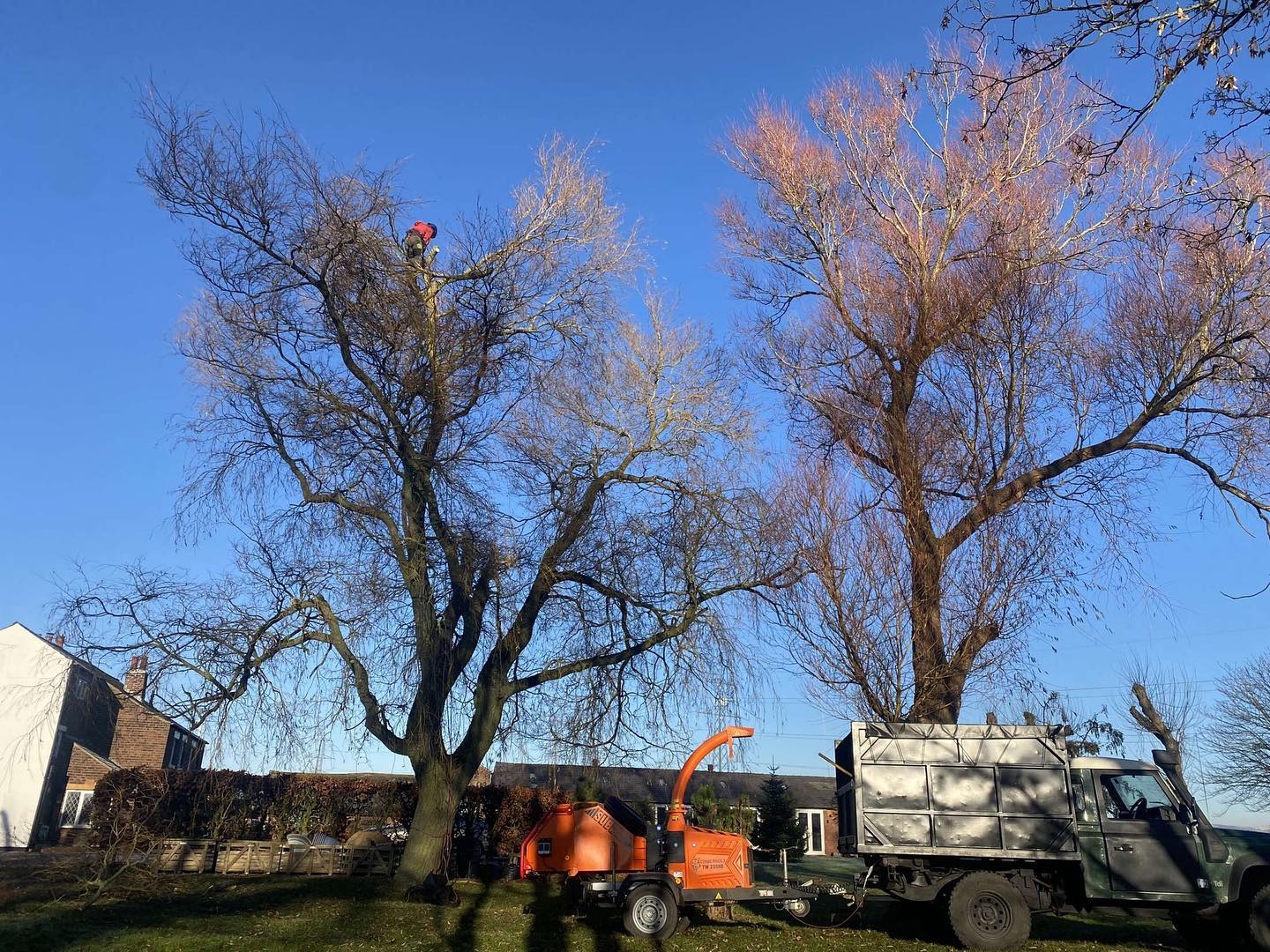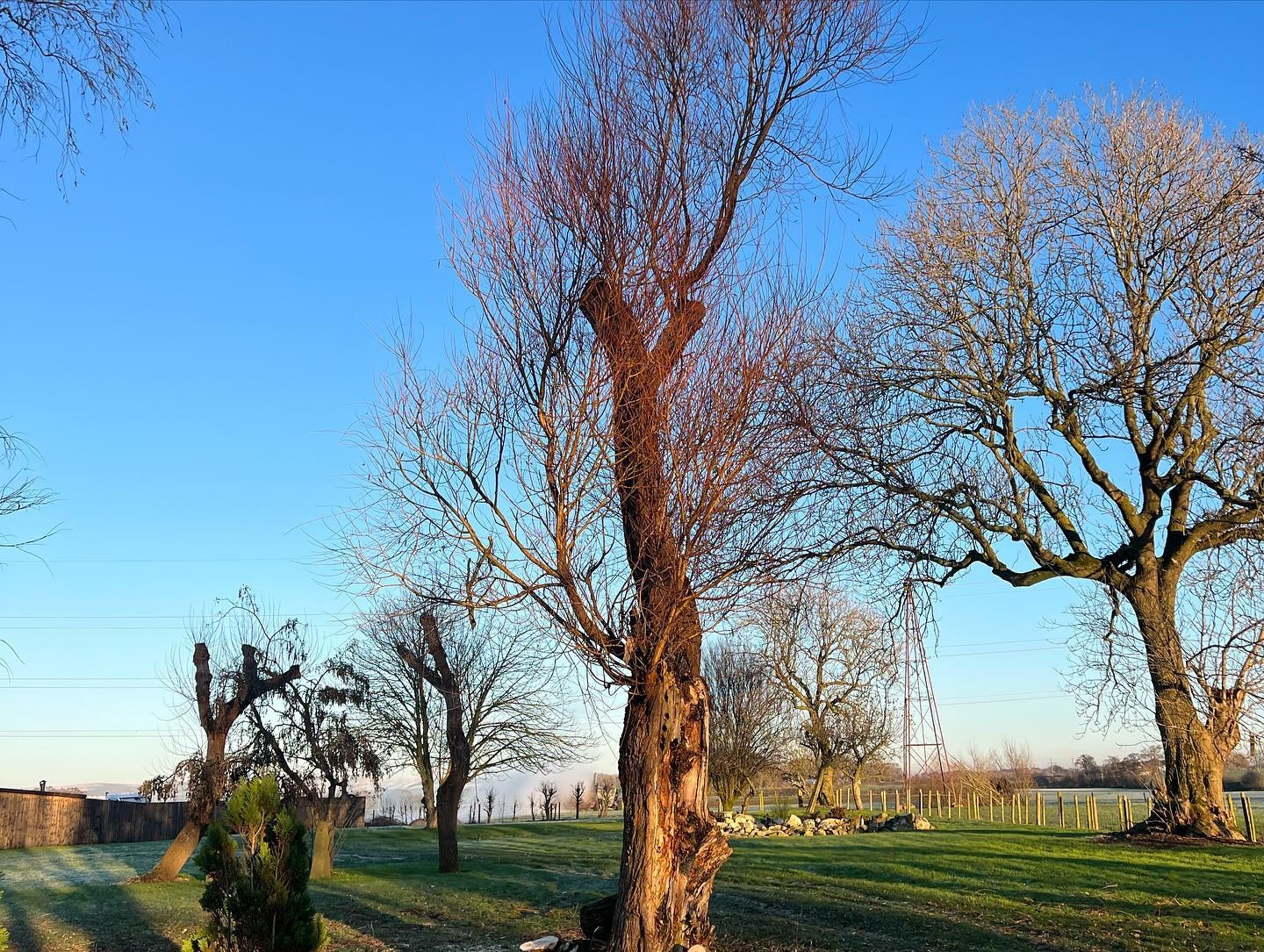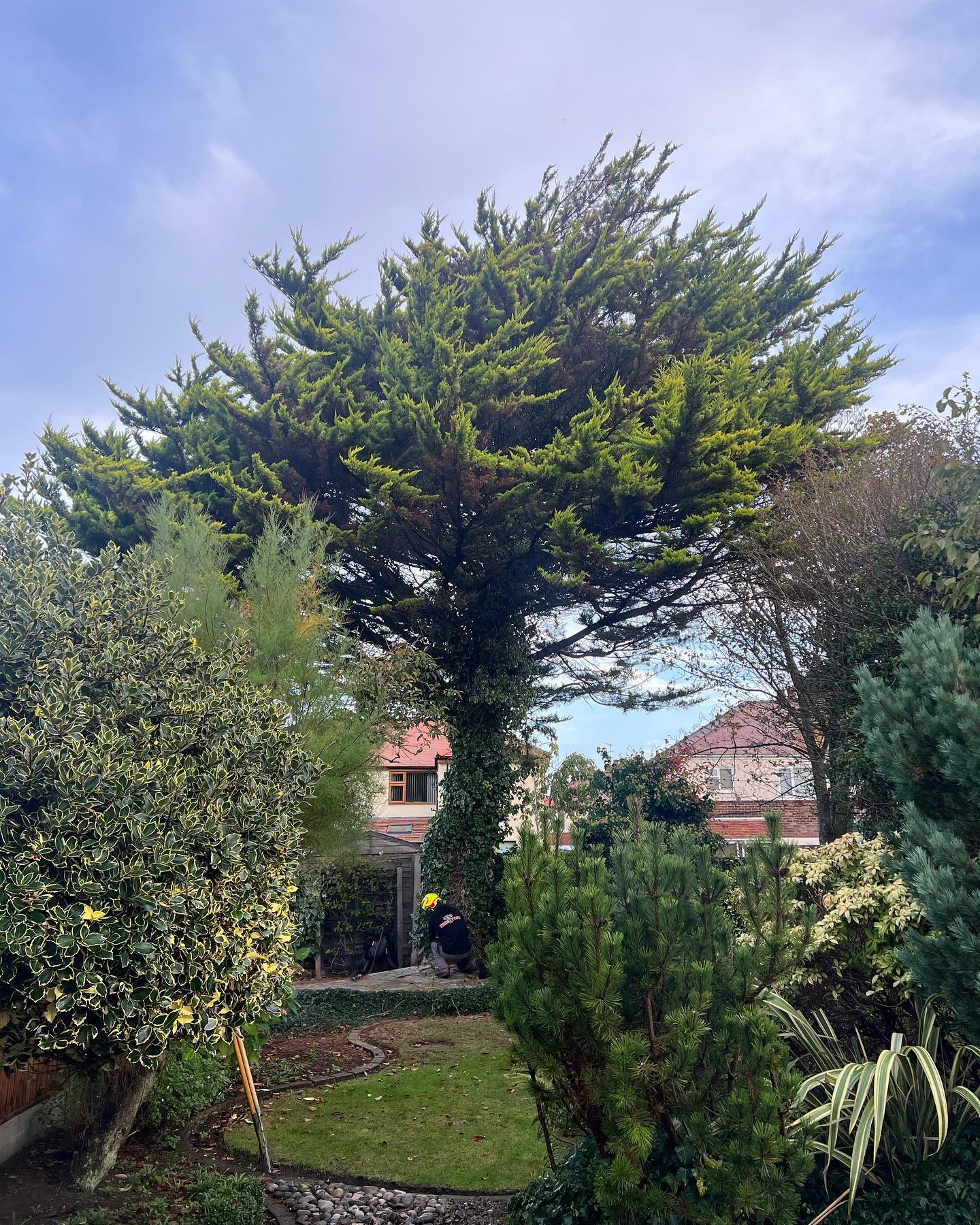Trees provide beauty, shade, and value to our homes and gardens, but in some cases removing a tree may be necessary.
Whether it is because of health issues, safety concerns, or property damage, understanding the common reasons for tree removal can help people make informed decisions. Below is a guide that explains when and why removal may be the best option.
Diseased or Dying Trees
Trees, like people and animals, can suffer from diseases. Fungi, bacteria, and viruses can all attack trees, leading to serious health problems. Signs of tree diseases include yellowing leaves, peeling bark, cracks in the trunk, or branches that die back. If left untreated, these diseases may spread to other trees in the garden or local environment.
A dying or dead tree is also a major risk. Falling branches can cause damage to homes, buildings, or vehicles, and may injure people. In some cases, an arborist may provide advice on treatments such as pruning or sprays, but if the tree cannot be saved, professional tree removal is often required.

Storm-Damaged Trees
High winds, heavy rain, and lightning are common causes of damage. After storms, it is important to check for broken or leaning trees.
Broken Branches
Dead branches can fall suddenly, causing injury or property damage.
Uprooted Trees
When roots are lifted from the ground, the tree will eventually die and needs to be removed.
Lightning Strikes
A tree struck by lightning may have cracks, burns, or split trunks, making it unsafe.
Leaning Trees
Weak or damaged roots can cause a tree to tilt, which poses a serious risk if left untreated.
In some cases, pruning can save a storm-damaged tree, but removing a tree is often the safest way forward.
Tree Roots Causing Property Damage
Tree roots grow underground in search of water and nutrients, but they can cause serious problems for homes and property. Roots may damage building foundations, crack pavements, or interfere with pipes and drains. In extreme cases, tree roots can spread under a house, leading to uneven ground and dangerous cracks in walls or floors.
If roots are left to grow unchecked, the cost of repairs can be far greater than the cost of removal. It is important to act early and seek professional advice if roots are damaging property.
Infestation of Pests or Insects
Some pests live harmlessly among trees, but others such as bark beetles, termites, and caterpillars can cause severe damage.
Infested trees may show signs like hollow trunks, damaged leaves, or areas of decay.
Pests can also spread to healthy trees, making the problem worse for the wider environment.
While treatments are sometimes possible, in many cases removing a tree prevents the spread of pests and protects nearby plants.

Regulations and Legal Requirements for Tree Removal
Removing a tree is not always straightforward. In some areas, local councils protect trees with Tree Preservation Orders (TPOs). These laws prevent people from removing trees without permission, even if they are on private land.
Examples of trees that may be protected include those with historic value, large size, or importance to wildlife such as birds. If you are unsure, always check the regulations in your area before taking action.
Because tree felling is complex and sometimes dangerous, hiring professional tree surgeons is the safest way to ensure work is done correctly and legally.
Protected Trees
Some trees are protected by law because they are old, rare, or important to the local environment. In the UK, a Tree Preservation Order (TPO) can be placed on certain trees.
This means the tree cannot be cut down without special permission from the local council. If someone removes a protected tree without permission, they could face a large fine.
Trees in Public Spaces
If a tree is growing in a public space, such as a park or along a road, special permission is usually needed before removing it.
Local councils are responsible for maintaining public trees and will only remove them if they pose a danger or are unhealthy.
Neighbouring Trees
Sometimes, a tree on one person’s property might grow too close to a neighbour’s land.
If branches or roots cause damage, neighbours have the right to trim them, but they cannot remove the whole tree without permission.
Hiring a Professional
Because tree removal can be dangerous and regulated by law, it’s best to hire a professional tree surgeon or arborist. These experts know the legal rules and have the right equipment to remove trees safely.
Before removing a tree, it’s always a good idea to check with local authorities to make sure it’s allowed. Following the rules helps protect nature and ensures that trees are removed responsibly.
Overcrowding and Lack of Space
Sometimes, trees grow too close together and compete for sunlight, water, and nutrients. This can lead to poor growth and weak health in both young and mature trees. In gardens or small spaces, removing a tree may be required to ensure the health and growth of other plants.
Removing a tree can also provide space for new garden features or buildings. For example, homeowners may choose removal to make way for an extension, driveway, or simply to improve the view from their home.
Trees Blocking Light or Views
Large trees can sometimes block natural light from reaching homes or gardens. They may also restrict views, making outdoor spaces feel smaller and darker. In these cases, removing a tree or cutting back branches can make the area brighter, safer, and more enjoyable.
Safety Concerns for People and Property
One of the most important reasons for tree removal is safety. Dead trees, damaged branches, and unstable roots all present risks to people and property. In public spaces such as parks or roads, this risk is even higher.
Taking action quickly can prevent accidents. If there are signs of cracks, decay, or damage, it is wise to discuss the problem with a professional who can guide you on whether pruning or removal is the best option.
Reasons for Tree Removal: Conclusion
Tree removal may be necessary for a number of reasons, from disease and pests to property damage and safety concerns. While trees provide many benefits to the environment and to homes, there are times when removing a tree is the most responsible action.
Always check local rules, seek professional advice, and ensure that the removal process is carried out safely. By understanding the common reasons for removing a tree, you can make informed decisions that protect people, property, and the wider environment.
If you need expert tree and shrub removal services in Preston, Rushtons Tree Care is here to assist. Our team of skilled tree surgeons is ready to handle all your removal and site clearance needs safely and professionally.


